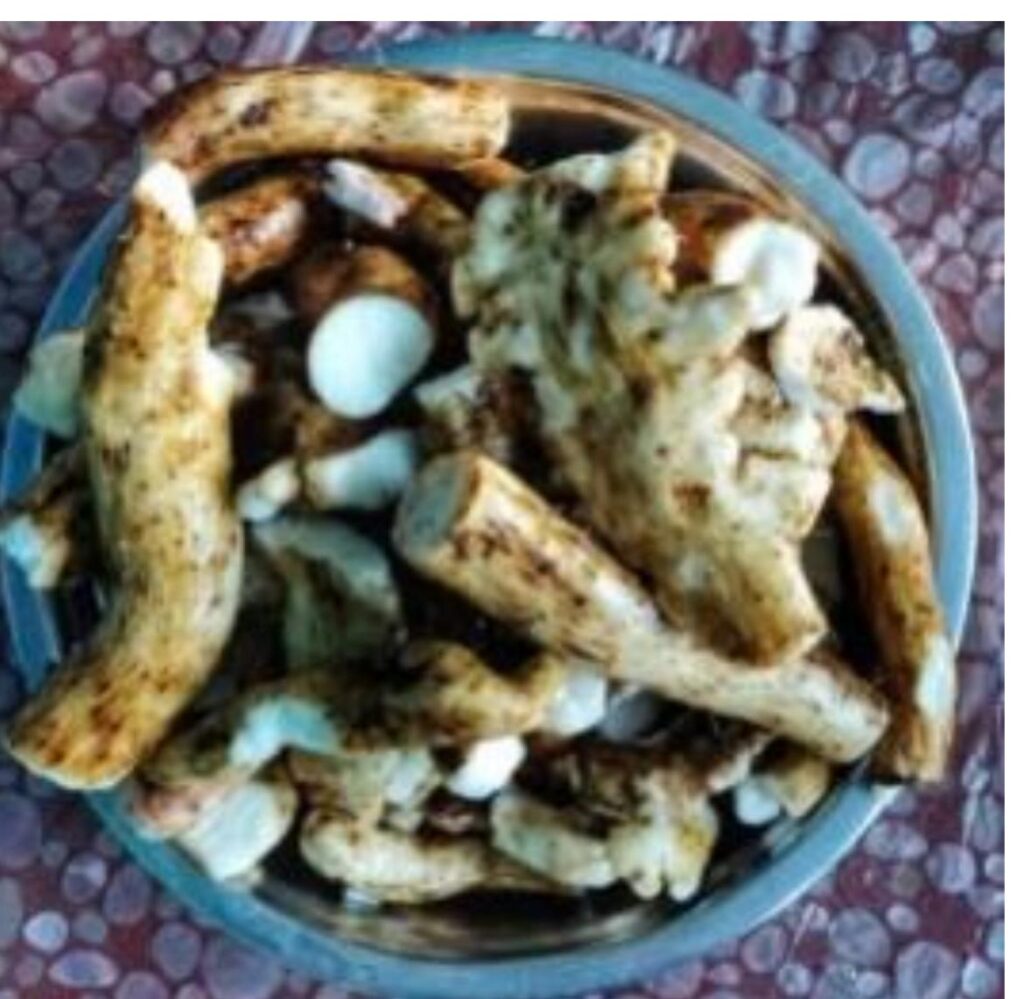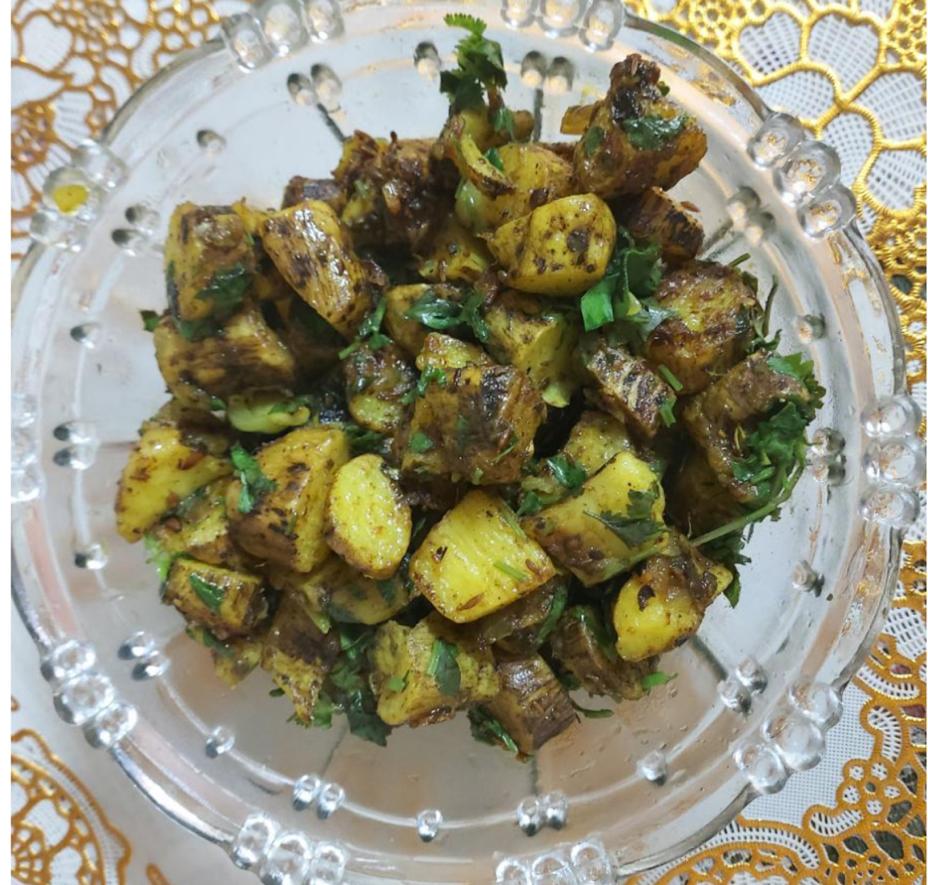Mandi gears up for week-long Shivratri festival as ‘tardi’ among several rare traditional delicacies await visitors

- Himachal ex-CM Jai Ram asks EC to ban poll guarantees, alleges Sukhu govt has turned ‘national spectacle’ - November 5, 2024
- Congress of Gandhi versus Congress of Rahul Gandhi: BJP’s Rekha Verma takes swipe over ‘mismanagement’ - November 4, 2024
- Scrap dealer staged shooting on himself, finds probe by Baddi SP - November 4, 2024
The Newz Radar
MANDI: As the vibrant town of Mandi in Himachal Pradesh prepares to welcome the week-long Shivratri festival from March 8 (2024), anticipation fills the air.
The eagerly awaited festival brings with it a rich heritage of tradition, including the indulgence in several customary foods that mark the essence of Shivratri celebrations during the months of February and March.
Among these culinary delicacies is “tardi”, a time-honoured delicacy derived from forest herbs, savoured as a “phalahar” (non-cereal diet) on the first day of the Shivratri festival.
Locals indulge in generous portions of tardi, relishing it as a fruit-based treat. Prepared in various forms — from roasting its tubers and bulbs over fire to cooking it as a vegetable or curry — tardi offers a versatile culinary experience.
Traditional dishes like ‘bhhale’, ‘dahi bhalle’, ‘paratha’ and ‘kachori’ are also prepared from this cherished ingredient.
Referred to as yam, tardi belongs to the Dioscorea family and is a staple among tribal communities living in remote forest villages.
Originally foraged from the wild, these tubers used to be roasted or cooked as vegetables, sustaining nomadic shepherds and forest dwellers alike.
Today, tardi and other such foods — dregal (mountain yam) and singtu (black-bulb yam) — command high demand and prices in local markets, offering rural communities a lucrative source of income.
Tara Sen, a Botany Professor at Government College, Mandi, says, “Yams thrive in the Himalayan forests, spreading effortlessly on surrounding supports and yielding aerial bulbils reminiscent of ‘sky potatoes’.”
Despite the laborious task of harvesting tardi tubers, their unique flavour and nutritional value make them a prised commodity, often pickled for preservation or incorporated into traditional dishes during harsh winter months.
The significance of yam extends beyond its culinary appeal; it serves as a vital source of income for self-help groups throughout the year.
Value-added yam products, including pickles and badiyan, are showcased at exhibitions, fairs and festivals, contributing to the economic resilience of hill communities.
As Mandi embraces the spirit of Shivratri, the age-old tradition of yam harvesting continues to thrive, passed down through generations.
Whether foraging in the wild or cultivating near homes, yams symbolise not only a culinary delight, but a testament to the enduring legacy of traditional knowledge and sustainable living practices in the Himalayan region.





